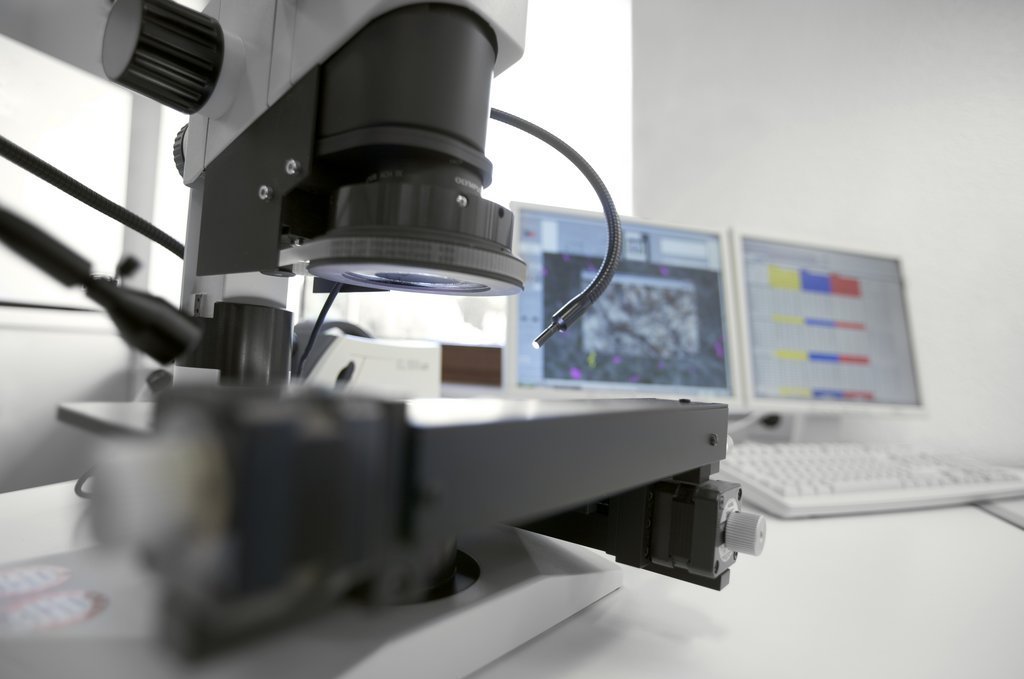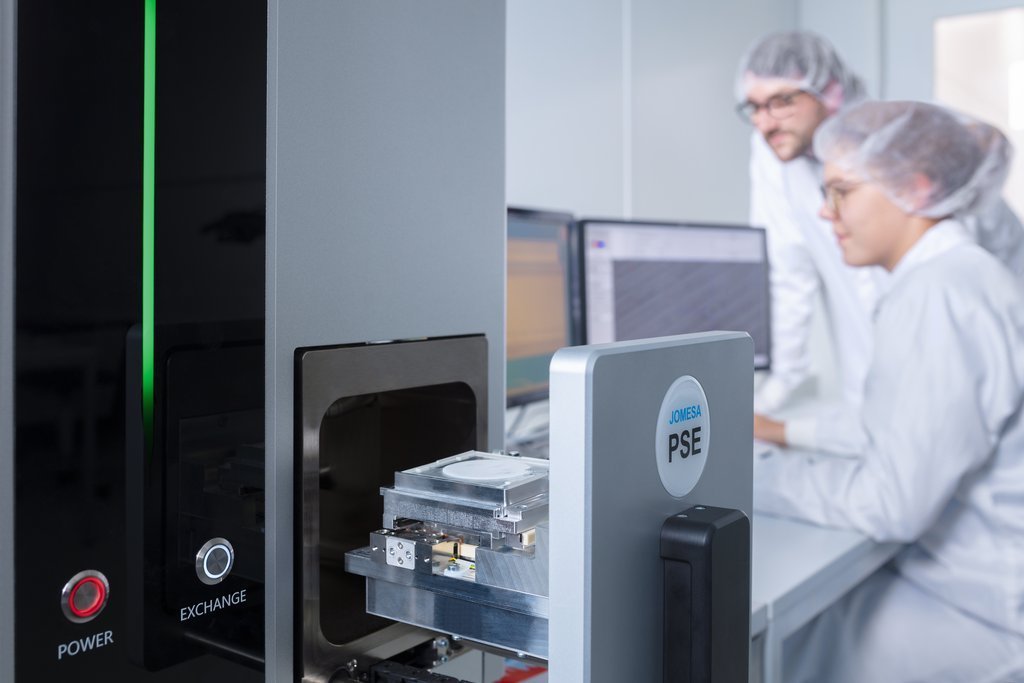Technical cleanliness - a focus on particles
Cleanliness inspection / residual dirt analysis
The determination of particulate contamination on functionally relevant components, which mainly results from the manufacturing process, is carried out by indirect testing, which requires a sampling step before the light-optical measurement, counting and characterisation of the particles. The sampling step called extraction as well as the subsequent steps of filtration and analysis are described in detail in VDA 19.1 and ISO 16232:2018. These guidelines promote the meaningfulness and comparability of test results and regulate the standardized presentation of cleanliness specifications and test results in the quality and supply chain of the automotive industry.
In addition, a large number of company standards that stipulate cleanliness specifications or specific test procedures must also be observed. CleanControlling has a standards library with more than 700 company standards, which have been almost completely reviewed and interpreted with regard to their implementation and whose test procedures have been established.
The scope of test methods and their test equipment of CleanControlling includes all extraction methods of liquid extraction as well as air extraction for sampling and the possibly required design and manufacture of component-specific test adaptations, especially for the air extraction by means of a special flow-through test stand.
Extended analysis - Material determination
In addition to the standard cleanliness inspection, which provides sufficient information for the majority of cleanliness analyses, the further determination of particle materials may be helpful or necessary. Since the light-optical analysis classifies the particles exclusively according to their shiny behaviour as "metallically shiny" or " non-shiny", a more detailed element analysis using energy-dissolved X-ray spectroscopy (EDX) of inorganic particles or infrared spectroscopy (IR) of organic particles allows the reliable classification of particles that exceed the limit values. The material determination can also provide information on the origin of the particles. The optimization of the manufacturing process can thus be made much easier, as possible particle sources can be identified.
If the inorganic particles are to be measured and classified according to their materials, the combined SEM/EDX analysis with the electron-optical counting and measurement of the particles in the scanning electron microscope (SEM) and the elemental analysis (EDX) offers the possibility to precisely analyze the relevant or all inorganic particles. With this SEM/EDX analysis, additional information about the damage potential or the origin of the particles can be obtained by allocating particles to certain material classes and their sizes.
Newsletter registration


